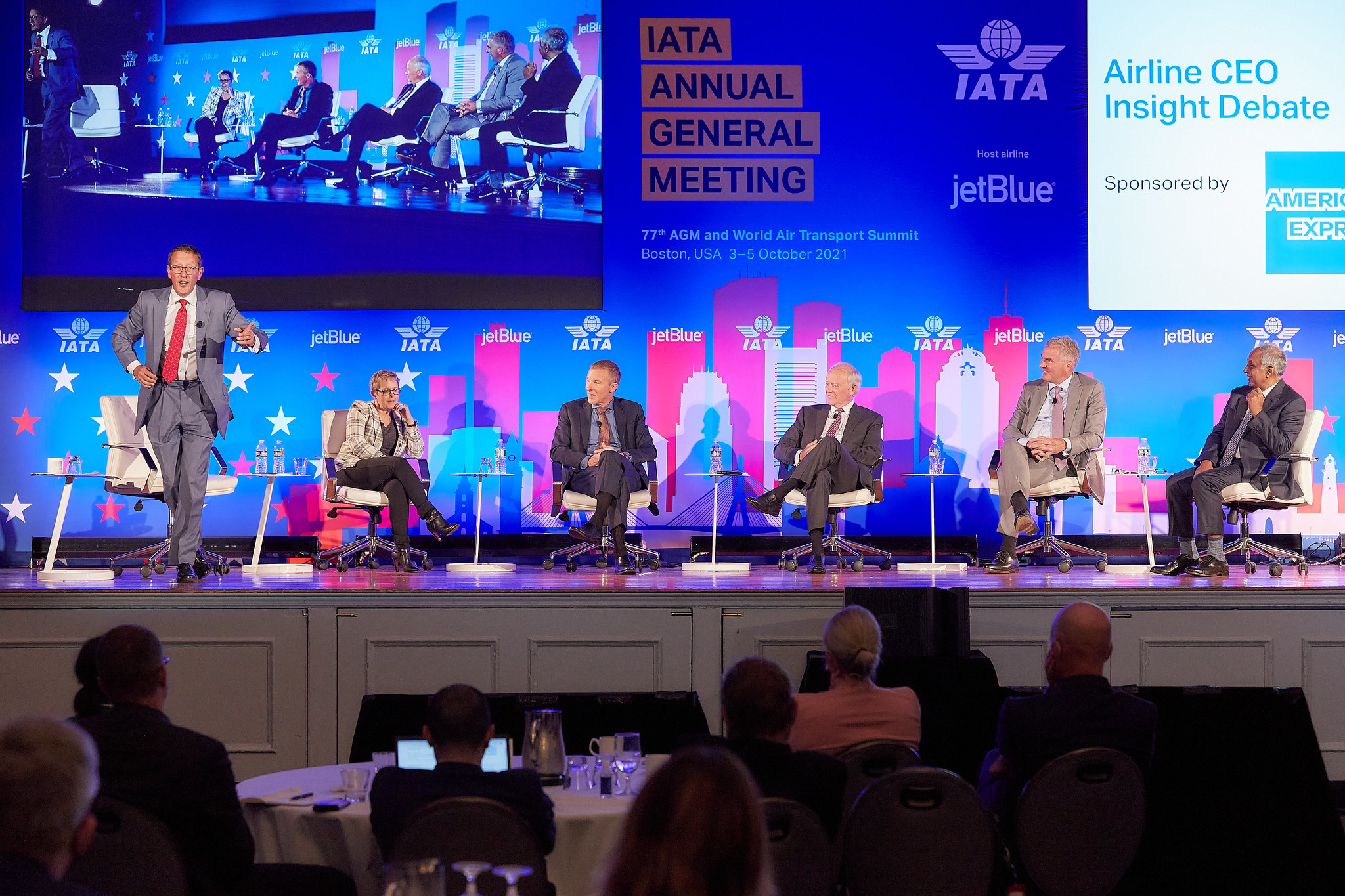I attended the Annual General Meeting of the International Air Transport Association (IATA) in Boston on 4th October. Throughout the meeting I learned about the latest developments and trends emerging in the airline industry.
Losses Reduce but Challenges Continue
IATA announced the latest outlook for airline industry financial performance, showing improved results amid the continuing COVID-19 crisis:
- Net industry losses are expected to reduce to $11.6 billion in 2022 after a $51.8 billion loss in 2021
- Net 2020 loss estimates have been revised to $137.7 billion (from $126.4 billion)
“The magnitude of the COVID-19 crisis for airlines is enormous. Over the 2020-2022 period total losses could top $200 billion. To survive, airlines have dramatically cut costs and adapted their business to whatever opportunities were available. We are well past the deepest point of the crisis..."
Willie Walsh, IATA’s Director General
- Demand (measured in RPKs) is expected to stand at 40% of 2019 levels for 2021, rising to 61% in 2022.
- Total passenger numbers are expected to reach 2.3 billion in 2021. This will grow to 3.4 billion in 2022, which is similar to 2014 levels and significantly below the 4.5 billion travellers of 2019.
- Robust demand for air cargo is expected to continue. With 2021 demand at 7.9% above 2019 levels, growing to 13.2% above 2019 levels for 2022.
Re-establishing global connectivity, the 11.3 million jobs (pre-COVID-19) in the aviation industry and the $3.5 trillion of GDP associated with travel and tourism should be priorities for governments.
“People have not lost their desire to travel, as we see in solid domestic market resilience. But they are being held back from international travel by restrictions, uncertainty and complexity. More governments are seeing vaccinations as a way out of this crisis. Governments must work together and do everything in their power to ensure that vaccines are available to anybody who wants them.”
Willie Walsh, IATA’s Director General
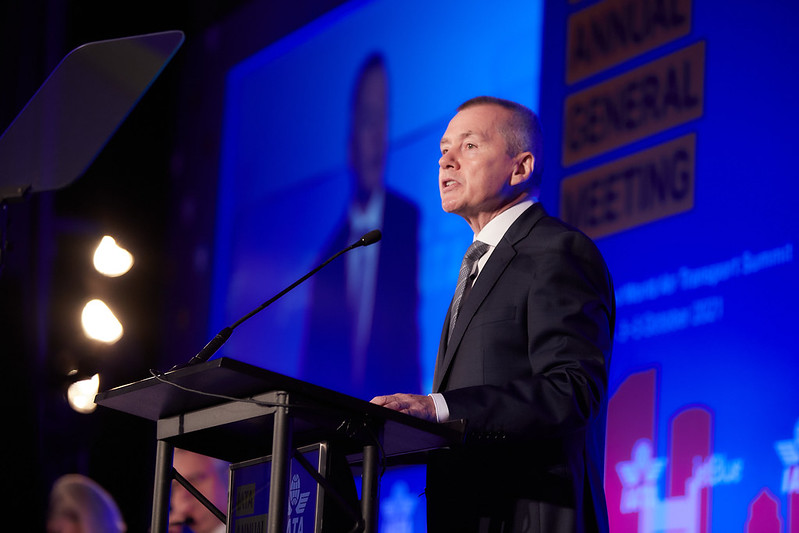
Frustration with Travel Restrictions Grows
A survey, commissioned by the IATA, of 4,700 respondents in 11 markets in September demonstrated confidence that the risks of COVID-19 can be effectively managed and that the freedom to travel should be restored.
- 67% of respondents felt that most country borders should be opened now
- 64% of respondents felt that border closures are unnecessary and have not been effective in containing the virus
- 73% responded that their quality of life is suffering as a result of COVID-19 travel restrictions
“The message they are sending to governments is: COVID-19 is not going to disappear, so we must establish a way to manage its risks while living and traveling normally.”
Willie Walsh, IATA’s Director General
In the last months, several key markets, that had previously been closed, have taken steps to open to vaccinated travellers. Europe was an early mover, followed by Canada, the UK and the US. Even Australia, which has some of the most draconian restrictions, is taking steps to re-open its borders to vaccinated travellers by November. The IATA said that it supports these moves and encourages all governments to consider the following framework for re-opening borders:
- Vaccines should be made available to all as quickly as possible
- Vaccinated travellers should not face any barriers to travel
- Testing should enable those without access to vaccines to travel without quarantine
- Antigen tests are the key to cost-effective and convenient testing regimes
- Governments should pay for testing, so it does not become an economic barrier to travel
Parts of the world with slower vaccine distribution (developing economies and some developed economies in the Asia Pacific) will take longer to see an industry recovery.
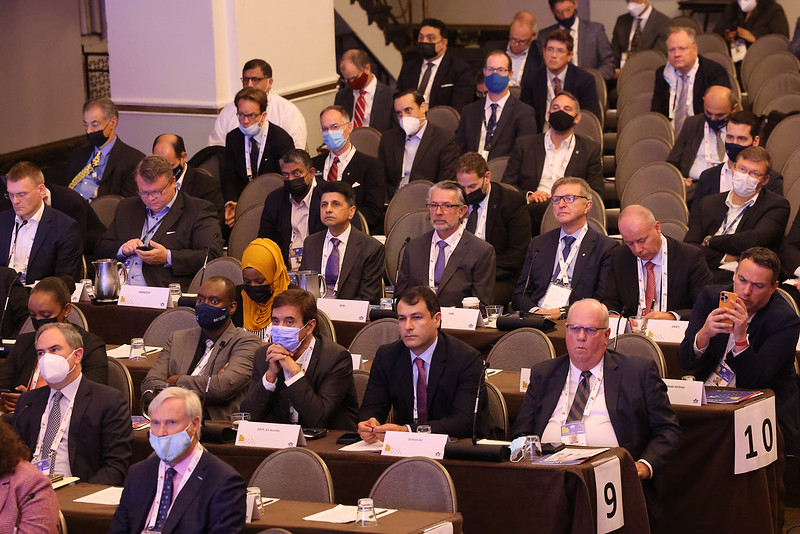
Industry Outlook - Global demand is recovering steadily
- In 2021 overall demand is expected to reach 40% of pre-crisis (2019) levels. Capacity is expected to increase faster than demand growth, reaching 50% of pre-crisis levels for 2021
- In 2022 overall demand is expected to reach 61% of pre-crisis (2019) levels. Capacity is expected to continue to increase faster than demand, reaching 67% of pre-crisis levels for 2022
Domestic demand, with fewer restrictions in most countries, is driving the recovery. Global GDP is expected to grow by 5.8% in 2021 and a further 4.1% in 2022. Additionally, accumulated consumer savings (worth 10-20% of GDP in some countries) is supporting the alleviation of pent-up demand in unrestricted domestic markets.
- In 2021 domestic demand is expected to reach 73% of pre-crisis (2019) levels
- In 2022 domestic demand is expected to reach 93% of pre-crisis (2019) levels
International demand is the slowest to recover, owing to continuing restrictions on the freedom of movement across borders, quarantine measures and traveller uncertainty.
- In 2021 international demand is expected to reach 22% of pre-crisis (2019) levels
- In 2022 international demand is expected to reach 44% of pre-crisis (2019) levels
Cargo demand (measured in CTK) is strong, as companies continue to re-stock. The World Trade Organization forecasts world trade to grow at 9.5% in 2021 and 5.6% in 2022.
- In 2021 cargo demand is expected to exceed pre-crisis (2019) levels by 8%
- In 2022 cargo demand is expected to exceed pre-crisis (2019) levels by 13%
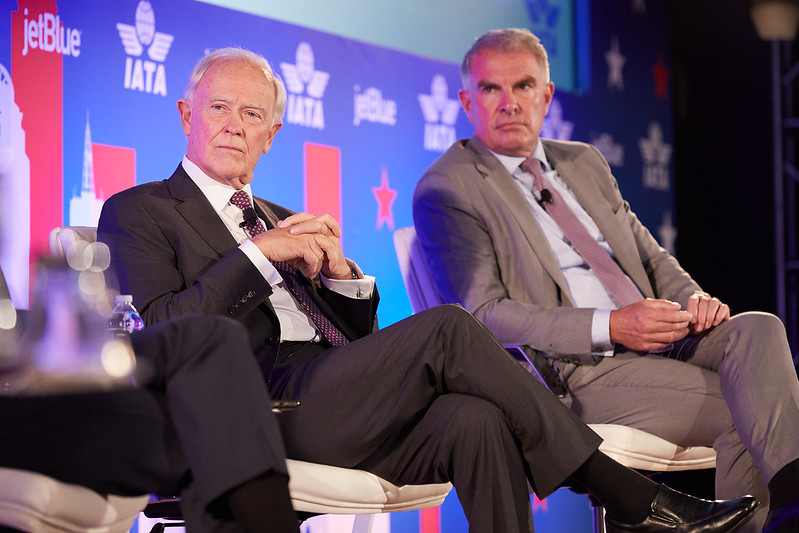
Net-Zero Carbon Emissions by 2050
At the IATA AGM members approved a resolution for the global air transport industry to achieve net-zero carbon emissions by 2050. This commitment will align with the Paris Agreement goal for global warming not to exceed 1.5°C.
“The world’s airlines have taken a momentous decision to ensure that flying is sustainable. The post-COVID-19 re-connect will be on a clear path towards net zero. With the collective efforts of the entire value chain and supportive government policies, aviation will achieve net-zero emissions by 2050,” said Willie Walsh, IATA’s Director General.
Achieving net-zero emissions will be a huge challenge. The aviation industry must progressively reduce its emissions while accommodating the growing demand of a world that is eager to fly. To be able to serve the needs of the ten billion people expected to fly in 2050, at least 1.8 gigatons of carbon must be abated in that year.
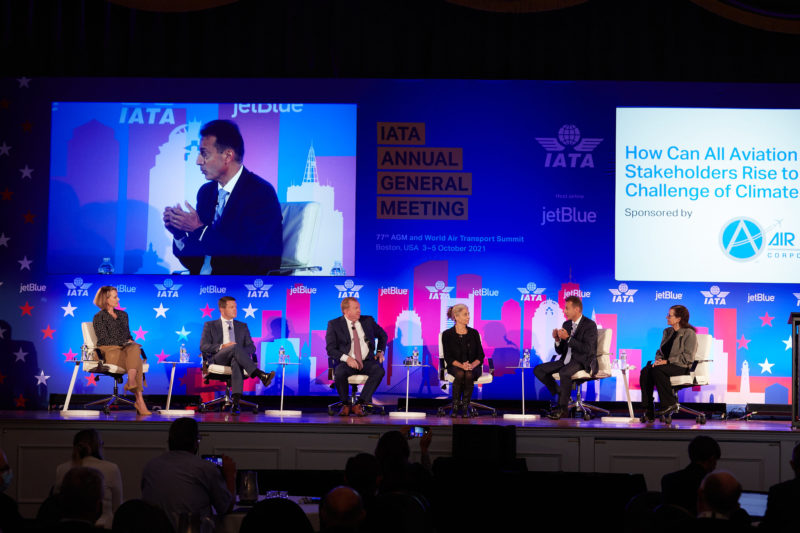
The Plan
The strategy is to abate as much CO2 as possible from in-sector solutions such as sustainable aviation fuels, new aircraft technology, more efficient operations along with infrastructure and the development of new zero-emissions energy sources such as electric and hydrogen power.
The resolution demands that all industry stakeholders committed to addressing the environmental impact of their policies, products and activities with concrete actions and clear timelines, including:
- Fuel-producing companies bringing large scale, cost-competitive sustainable aviation fuels (SAF) to the market
- Governments and air navigation service providers (ANSPs) eliminating inefficiencies in air traffic management and airspace infrastructure
- Aircraft and engine manufacturers producing radically more efficient airframe and propulsion technologies
- Airport operators providing the needed infrastructure to supply SAF, at cost, and in a cost-effective manner


